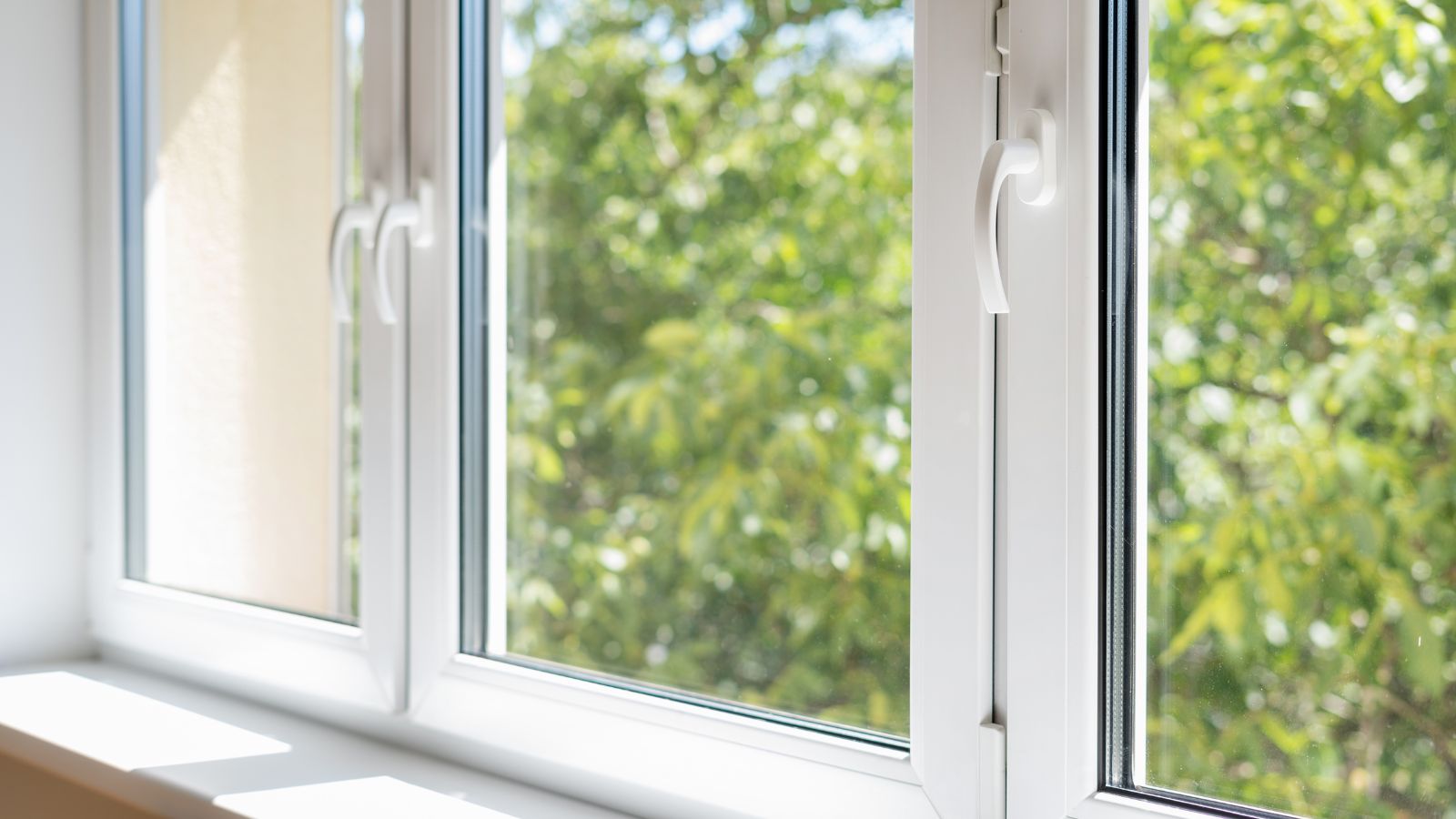
"Acoustic glass is perfect for blocking out noise from places like railways, traffic, airports and factories. It consists of two panes of glass which have been laminated together using PVB, or Polyvinyl Butyral."
"The PVB membrane reduces noise by absorbing the sound energy and preventing the sound vibrations from travelling through the glass. Acoustic glazing can separate meeting rooms and prevent sound from travelling across the main room."
Acoustic glazing effectively reduces sound transmission, making it suitable for homes near high noise areas like roads and railways. It uses laminated glass with a PVB membrane to absorb sound vibrations. Triple glazing is recognized for its thermal efficiency, contributing to energy savings and insulation. Choosing between the two depends on individual home requirements and location. Acoustic glazing not only benefits residential spaces but is useful in commercial settings, such as soundproofing meeting rooms in co-working environments.
Read at Homebuilding
Unable to calculate read time
Collection
[
|
...
]